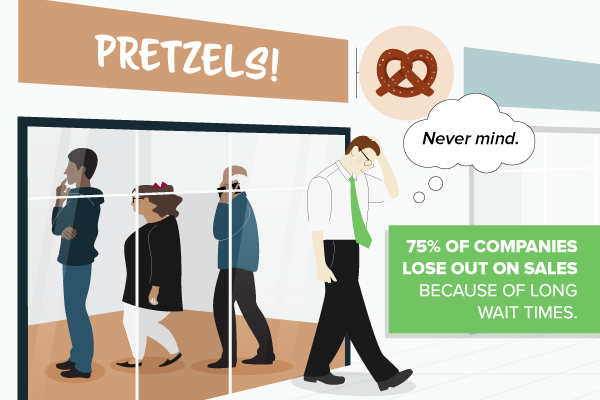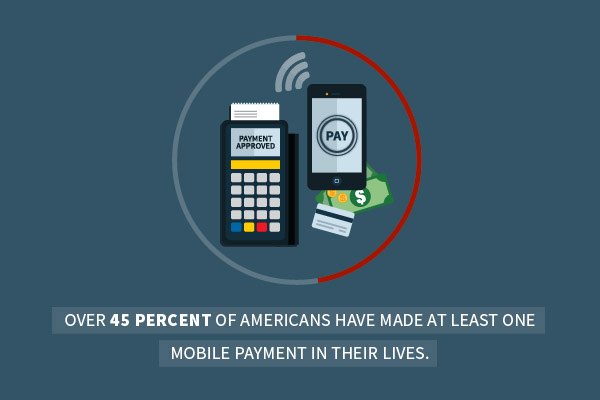
More than halfway through 2017, sales have been swift for retailers, thanks largely to the variety of avenues through which consumers can buy. In July, for example, retail sales rose 3.5 percent year-over-year, according to the National Retail Federation. Additionally, online sales rose an unadjusted 11.4 percent during the same period.
Retailers can chalk up these gains to improved consumer sentiment and customer satisfaction, as well as an emerging trend regular shoppers are taking advantage of when it’s available.
What is omnichannel?
Omnichannel marketing is a strategy designed to improve the buying experience by creating uniform conditions across a multitude of purchase lines. For example, going online to shop is popular thanks to its convenience and efficiency. However, it may not carry all the benefits that come with brick-and-mortar shopping. Through omnichannel optimization, retailers can synchronize the shopping experience so there’s more consistency across all purchase platforms.
It’s little wonder omnichannel is growing in popularity, as today’s buyers are taking advantage of the plethora of buying outlets available to them. Indeed, according to the Harvard Business Review, nearly 75 percent of shoppers use multiple channels when conducting transactions with retailers.
Omnichannel customers spend more
In addition to omnichannel making the buying process more seamless for customers, the strategy is paying dividends for retailers. Research from the Harvard Business Review shows omnichannel customers spend an average of 4 percent more per transaction in stores and 10 percent more online compared to customers who buy exclusively online or in person. Further, the more channels buyers use, the more they tend to spend, particularly those who regularly use at least four distinct channels, such as via smartphone, tablet or laptop, among others.

Omnichannel marketing not only makes good business sense for retailers, it’s a sign of the times, because the mobile era has made online shopping practically unavoidable. According to survey research conducted by Facebook, nearly 50 percent of all shopping experiences involve mobile device use. And among millennials exclusively, the rate of mobile usage is closer to 60 percent.
Challenges not unusual
As effective a means omnichannel marketing has proven to be for retail POS systems, the transition isn’t without its hiccups, largely because the strategy is still relatively new. According to a 2014 study conducted by Forrester Consulting, 94 percent of retailers that attempted to become an integrated omnichannel company have encountered challenges along the way. For example, just 36 percent of retailers in the poll said their omnichannel services enabled customers to order online for in-store pickup. That’s a problem, given that 50 percent of online shoppers expect pickup to be an option available to them.
Chris Donnelly, global managing director at marketing consultancy Accenture, noted that when omnichannel issues present themselves, they’re usually evidenced in more than one medium.
“The research … shows that retailers who struggle to implement robust seamless capabilities online also experience challenges meeting customer expectations in offline channels,” Donnelly explained. “So this is a particularly big challenge that requires immediate attention.”
Brigid Fyr, managing director of eCommerce at Accenture, added retailers really need to take an all-or-nothing approach to omnichannel marketing because customers have come to expect this in today’s consumer-driven marketplace, where options are everywhere.
“Retailers must be able to serve customer needs regardless of how, when and where they shop,” Fyr warned.
Customers want what they want, when they want it, whether that’s in store, online or via “showrooming,” blending the best of both shopping worlds. Datacap is your omnichannel integration headquarters. Our integrated payments platforms that merge brick and mortar, ecommerce and mobile payments make Datacap an industry authority in streamlining the purchase process.
Want to learn more about expanding to new payments channels?
Related Articles:
Featured
The stage is set for increased mobile payment adoption. Are your clients equipped to accept NFC payments?
In the rush to buy “must have” gifts for kids, spouses and co-workers, there is one other, less enjoyable accessory to Christmas time: lines, and lots of them. Here’s how to combat lines during the holiday season.
Brick-and-mortar retailers and e-commerce companies are in the midst of a game of one-upmanship, a battle that features each side vying for a larger slice of the customer-loyalty pie.
Cloud computing makes maintaining and obtaining vast amounts of data possible. But do cloud-based point of sale systems offer advantages in other respects? You be the judge.
Here are 5 POS system traits that food trucks can’t afford to do without.
An increasing number of supermarkets are supplying patrons with a plethora of payment possibilities – with mobile POS in particular gaining traction.
Here are a few of the concept trends the National Restaurant Association expects in 2018, several of which are tailor-made for mobile POS solutions.
What you need to know about Apple Pay and Google Pay
Mobile point of sales systems give business owners the competitive advantage they need to stay one step ahead of rivaling retailers.
Nearly 9 in 10 consumers – 87 percent – say they’ll be scouring retail store aisles in search of the perfect holiday gifts, according to recent polling.













